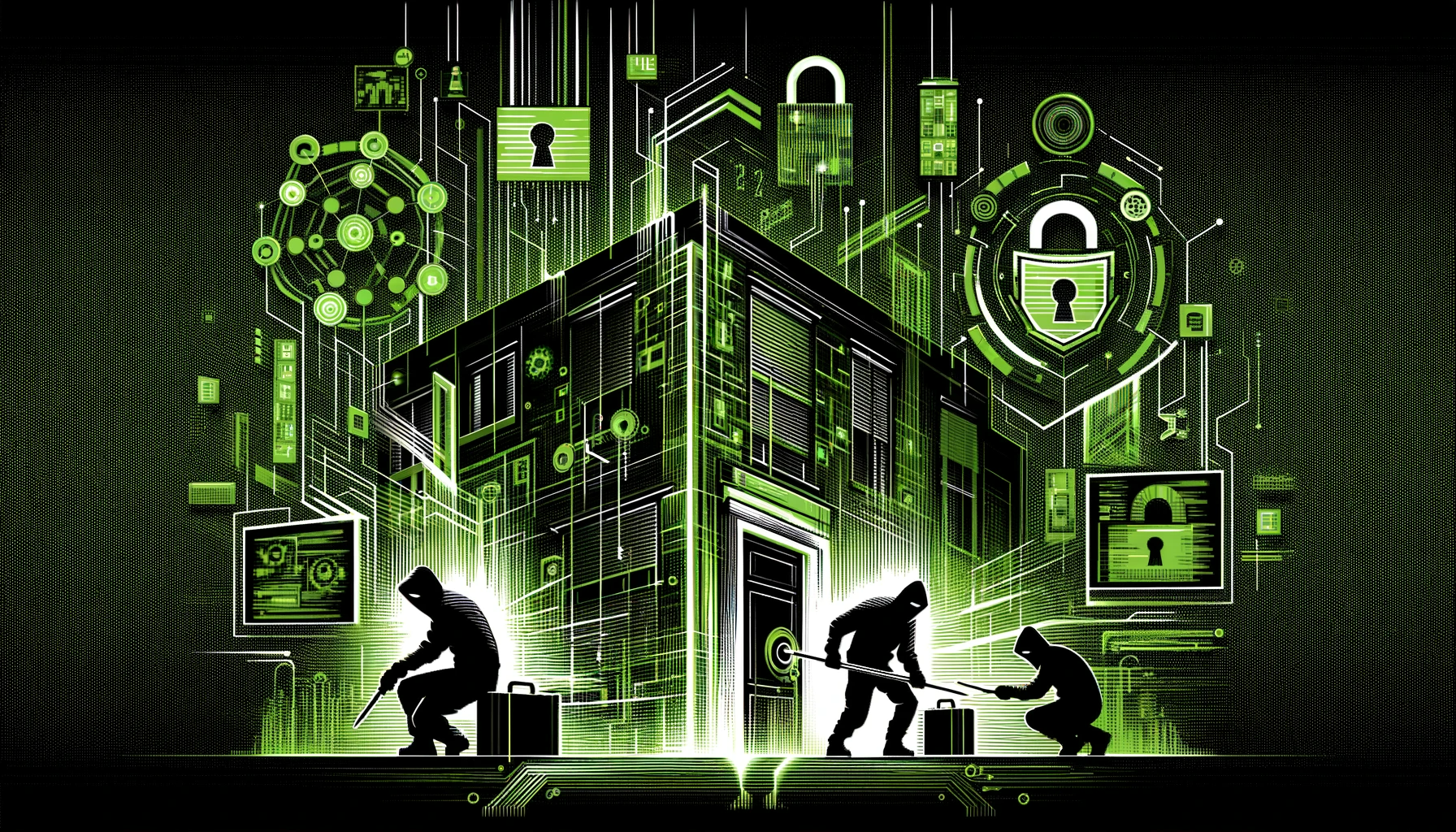
With threats to physical security constantly evolving, it's imperative to identify and address vulnerabilities before they can be exploited by adversaries. Our Physical Penetration Testing services are meticulously crafted to assess and reinforce the security of your facilities. We simulate real-world attack scenarios to test the resilience of your physical barriers, access controls, surveillance systems, and overall security protocols. Our goal is to ensure that your physical defenses are robust and capable of protecting your assets, personnel, and ultimately, maintaining the trust of your stakeholders. By identifying and addressing these vulnerabilities, we help you fortify your organization against physical intrusions and safeguard your critical infrastructure.

Physical penetration testing simulates actual attack scenarios to test the effectiveness of current security measures. This approach exposes vulnerabilities in physical defenses, providing a realistic assessment of how well your premises can withstand an intrusion attempt.

By identifying and exploiting weaknesses in physical security, such as insufficient surveillance or inadequate access controls, physical penetration testing enables organizations to comprehensively strengthen their security protocols and infrastructure.

This testing ensures the safety of employees and the security of critical assets. It helps in safeguarding against potential threats like unauthorized access, theft, or sabotage, thereby maintaining a secure and safe working environment.

Physical penetration testing helps organizations comply with regulatory standards and avoid potential liabilities. It demonstrates due diligence in maintaining a secure environment, which can be crucial for legal and insurance considerations.
Physical security is a critical aspect of overall organizational safety. Our Physical Penetration Testing services are aligned with industry-leading practices and standards, ensuring a comprehensive evaluation of your physical security posture. This structured approach is key to a thorough assessment of your defenses, helping you stay prepared for potential physical threats.
Tactics: Our physical penetration testing tactics form the cornerstone of our approach. These high-level strategies define the ‘why’ and ‘what’ of our assessments, setting clear goals and objectives for each project. For instance, a common tactic might be ‘Access Control Breach,’ where we assess the potential for unauthorized physical entry into secure areas.
Techniques: We employ a wide range of physical penetration testing techniques, reflecting our depth of expertise in this area. These techniques are the specific methods and tools we use to realize our tactical goals. For example, under the Access Control Breach tactic, we might employ lock picking, tailgating, or badge duplication techniques to test the strength of physical security measures.
Procedures: Our procedures detail the steps necessary to execute each technique effectively and safely. These comprehensive guidelines ensure that our assessments are consistent and thorough. Our procedures guide our testers through the complexities of each technique, from the planning stages to the execution, ensuring a meticulous and responsible approach to physical security testing.
Leveraging psychological manipulation to gain unauthorized access, often through impersonation or deception.
Evaluating the effectiveness of physical security measures like locks, card readers, and biometric systems.
Testing the vulnerability of secure areas to unauthorized entry by following authorized personnel.
Assessing the susceptibility of locks to picking, bypassing, or manipulation.
Replicating access cards or badges to gain unauthorized entry.
Testing the ability to physically breach premises by climbing, breaking, or circumventing barriers.
Pretending to be an authorized person, such as an employee or service technician, to gain access.

Internal penetration testing assesses an organization's network and systems from within, simulating insider threats to identify vulnerabilities and enhance overall security.

External penetration testing concentrates on evaluating an organization's outward-facing systems and digital footprint, emulating external threats to reveal weaknesses and enhance overall security defenses.

Wireless penetration testing focuses on examining an organization's wireless networks and devices, replicating potential wireless threats to uncover vulnerabilities and strengthen overall security measures.

Our comprehensive service goes beyond the surface. We delve deep into your web applications, meticulously simulating attacks, and identifying vulnerabilities. By doing so, we ensure that your web apps are fortified against threats, enhancing your overall security posture.

Our Social Engineering Services are designed to uncover and fortify the human vulnerabilities in your organization's cybersecurity framework.

A Physical Security Assessment thoroughly examines your organization's existing physical security measures to identify potential vulnerabilities and areas for enhancement.

Physical Penetration Testing services rigorously evaluate the security of your physical premises against unauthorized access or breaches.

Red Team Operations offer a multi-layered, adversarial approach to test your organization’s defenses against sophisticated cyber and physical threats.